Nestled on the western coast of the Big Island, Kona is renowned for its crystal-clear waters and vibrant marine life. This region of Hawaii is home to some of the most spectacular coral reefs in the world, drawing visitors from across the globe. These underwater ecosystems are a source of natural beauty and play a crucial role in the marine environment. Readers will be guided to explore the wonders, challenges, and scientific and ecological significance of Kona’s coral reefs through this comprehensive guide. Understanding and appreciating these marvels is vital for their preservation for future generations.
The Wonders of Kona’s Coral Reefs
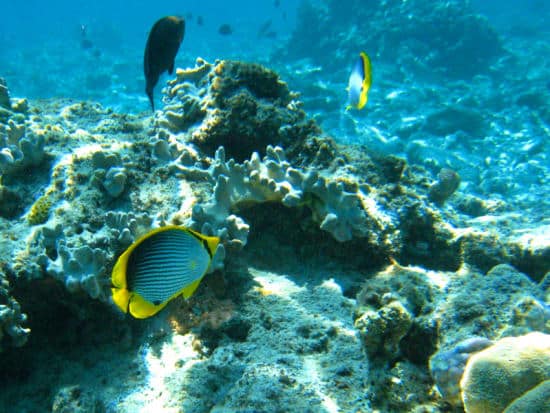
Kona’s coral reefs are a kaleidoscope of life, showcasing an incredible diversity of coral species. Each reef is a bustling city of marine life, from tiny, colorful fish darting between the corals to larger species that patrol the waters. These reefs are not just beautiful underwater landscapes; they are crucial for the survival of many marine species, providing food, shelter, and breeding grounds. Visitors are often mesmerized by the corals’ intricate patterns and vibrant colors, which range from deep reds to bright yellows, creating a painter’s palette beneath the waves.
The marine life supported by these reefs is equally diverse and fascinating. Snorkelers and divers can expect to see a variety of sea creatures, including the Hawaiian Green Sea Turtle, manta rays, and many fish species. The reefs act as a protective barrier for the coastline, mitigating the impact of waves and storms. Their health and vitality are a direct indicator of the ocean’s overall health, making them invaluable to the marine ecosystem and a wonder for scientists and nature enthusiasts alike.
Best Spots for Coral Reef Exploration

Numerous spots offer unique and breathtaking experiences when exploring Kona’s coral reefs. Locations like Kahalu’u Beach Park and Kealakekua Bay are favorites among snorkelers for their calm waters and abundant marine life. Divers often flock to sites like the Kona Coast State Park, where deeper waters unveil larger and more diverse coral formations. Each location offers a distinct experience, from shallow reefs teeming with colorful fish to deeper, more mysterious environments.
Safety and respect for the marine environment are paramount while exploring these natural wonders. Visitors should be mindful of their surroundings, avoid touching or stepping on the coral, and maintain a safe distance from marine life. These practices ensure the preservation of the reefs and the safety of both the marine inhabitants and the explorers. With these guidelines in mind, adventurers can fully immerse themselves in the beauty and serenity of Kona’s underwater world.
The Changing Face of Coral Reefs
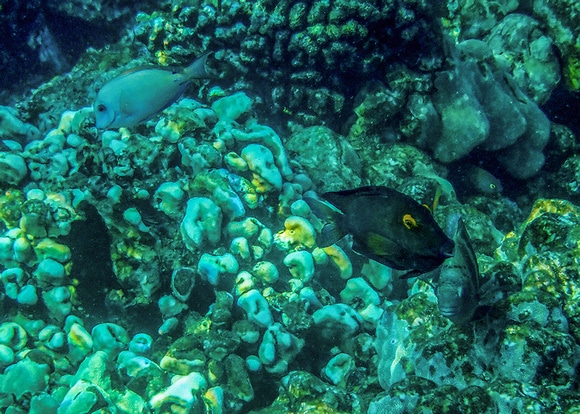
Kona’s coral reefs have a rich history, shaped by natural forces and human interactions. They have thrived and adapted to changing conditions, but recent decades have seen increasing threats. With rising sea temperatures and ocean acidification, climate change poses a significant risk to these delicate ecosystems. Pollution, overfishing, and irresponsible tourism practices exacerbate these challenges, leading to coral bleaching and habitat loss.
Despite these threats, efforts are underway to protect and restore Kona’s coral reefs. Local and global conservation initiatives focus on reducing human impact, promoting sustainable fishing practices, and raising awareness about the importance of coral reefs. Research and restoration projects are being implemented to study the effects of environmental changes and develop strategies to enhance reef resilience. These efforts ensure that Kona’s coral reefs continue to thrive for years.
The Science Behind Coral Reefs
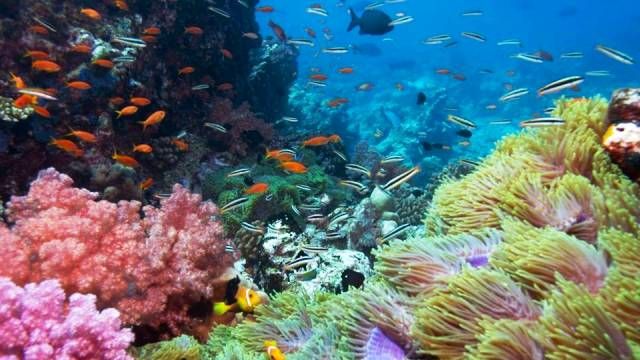
Coral reefs are often called the “rainforests of the sea” due to their incredible biodiversity. Understanding the basic biology of coral is key to appreciating these ecosystems. Corals comprise tiny animals called polyps, which form symbiotic relationships with algae. This partnership is essential for the reef’s survival, as the algae provide the corals with nutrients through photosynthesis, while the corals offer the algae a safe environment.
The symbiotic relationships within the reef ecosystem extend beyond corals and algae. Many marine species rely on the reefs for food, shelter, and breeding grounds. The complex interactions among these species create a delicate balance essential for the reef’s health. Coral reefs also play a crucial role in the broader oceanic environment, acting as buffers for coastlines against storm surges and erosion and serving as nurseries for many marine species. Understanding these scientific aspects helps us recognize the importance of preserving these natural wonders.
Interacting with the Reefs Responsibly
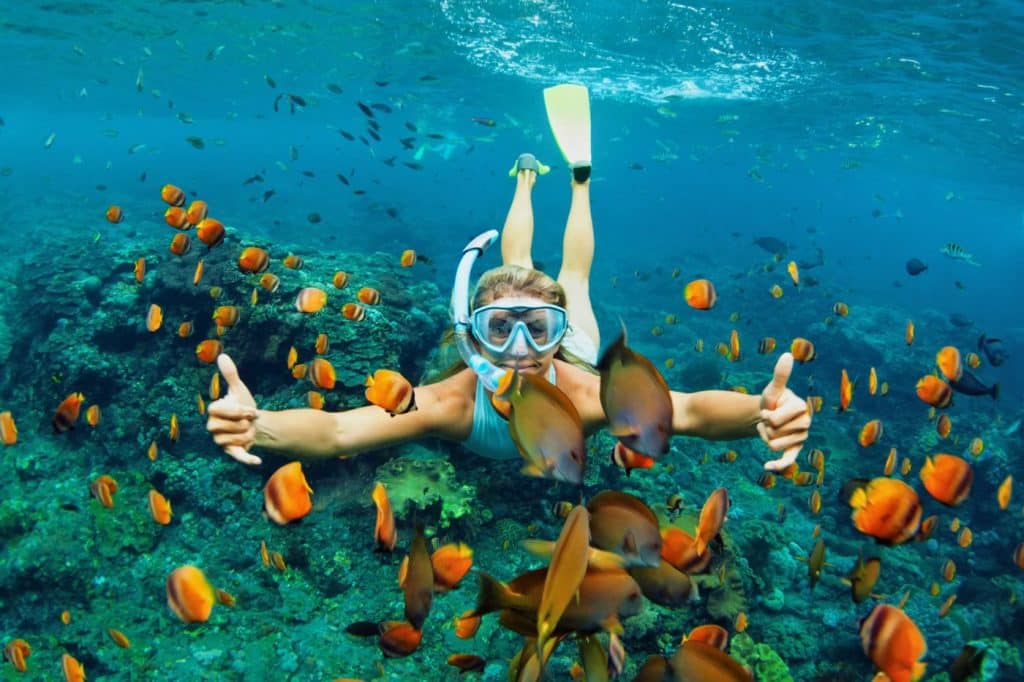
Responsible interaction with coral reefs is essential for their preservation. Visitors to Kona’s reefs should adhere to eco-friendly practices, such as not touching or standing on the coral, as these actions can cause significant damage. It’s also important to avoid disturbing marine life, including feeding fish or chasing sea turtles, as this can disrupt their natural behavior and ecosystem balance. Using reef-safe sunscreen is another critical practice, as traditional sunscreens contain chemicals harmful to coral reefs.
Educating tourists and locals about the importance of these practices is vital. Many local tour operators and conservation groups offer guidance on responsible reef interaction. By following these guidelines, visitors can enjoy the beauty of the reefs without contributing to their degradation. Sustainable tourism helps preserve Kona’s reefs and ensures that future generations can enjoy and learn from these natural wonders.
Kona’s Reef-Friendly Initiatives
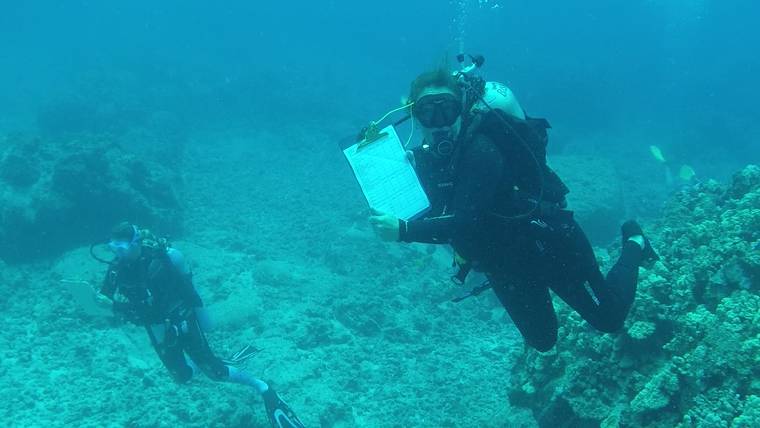
Kona has seen a surge in reef-friendly initiatives in response to the growing environmental challenges. Local conservation projects, often spearheaded by community groups and environmental organizations, focus on reef restoration, research, and public education. These projects include coral planting, beach clean-ups, and educational programs to raise awareness about the importance of reef conservation.
Visitors to Kona can contribute to these initiatives in various ways. Participating in guided tours that support local conservation efforts, donating to reef restoration projects, or volunteering for beach clean-ups are excellent ways for tourists to give back. By engaging in these activities, visitors not only enhance their travel experience but also play a role in preserving Kona’s coral reefs.
The Economic Impact of Coral Reefs
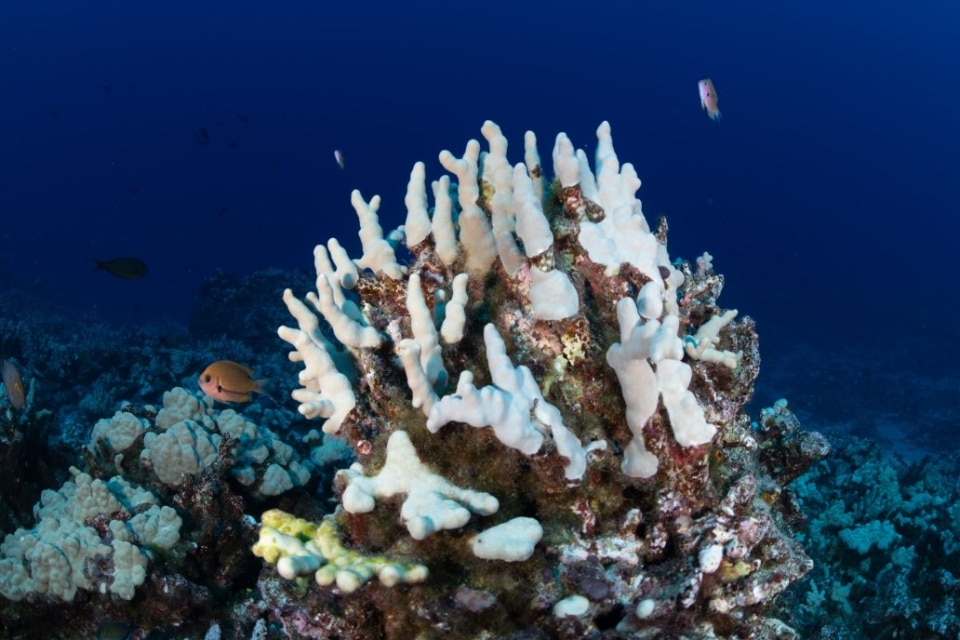
Coral reefs are not just ecological treasures but also economic powerhouses for local communities. In Kona, the reefs attract thousands of tourists annually, contributing significantly to the local economy. From diving and snorkeling tours to reef-related research and conservation, the reefs generate income and create jobs.
However, the economic dependence on coral reefs also underscores the need for sustainable practices. Overexploitation and environmental degradation can have dire economic consequences. Balancing economic interests with ecological sustainability is crucial for the long-term prosperity of Kona and its coral reefs.
Global Significance of Local Reefs
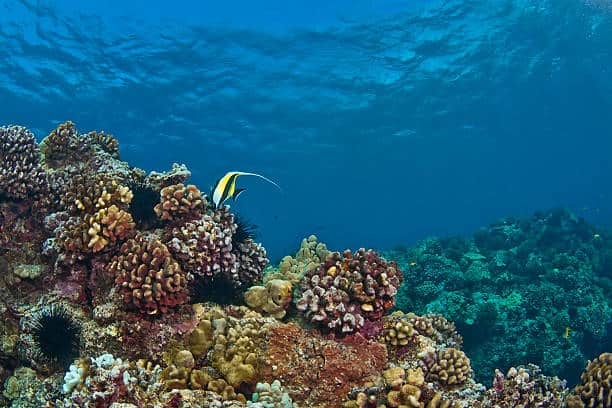
Kona’s coral reefs, while geographically specific, have global environmental significance. They are part of the larger Pacific coral reef system, contributing to global biodiversity and marine health. The reefs also offer valuable insights into coral resilience and adaptation, aiding global efforts to combat climate change and its impacts on marine ecosystems.
The conservation efforts in Kona serve as a model for other reef systems worldwide. The lessons learned and strategies developed in Kona can be applied in other regions, making the local efforts part of a global initiative to save coral reefs.
The Bottom Line
Kona’s coral reefs are more than just underwater attractions; they are vital ecosystems crucial for marine life and the local community. This guide has explored these reefs’ wonders, challenges, and significance, highlighting the need for responsible interaction and conservation. The future of these vibrant ecosystems depends on collective efforts and sustainable practices. As visitors and caretakers of the natural world, the responsibility to protect and preserve these reefs is a shared one. The beauty and diversity of Kona’s coral reefs are a treasure that, with care and respect, can continue to flourish and inspire awe in all who experience their majesty.
